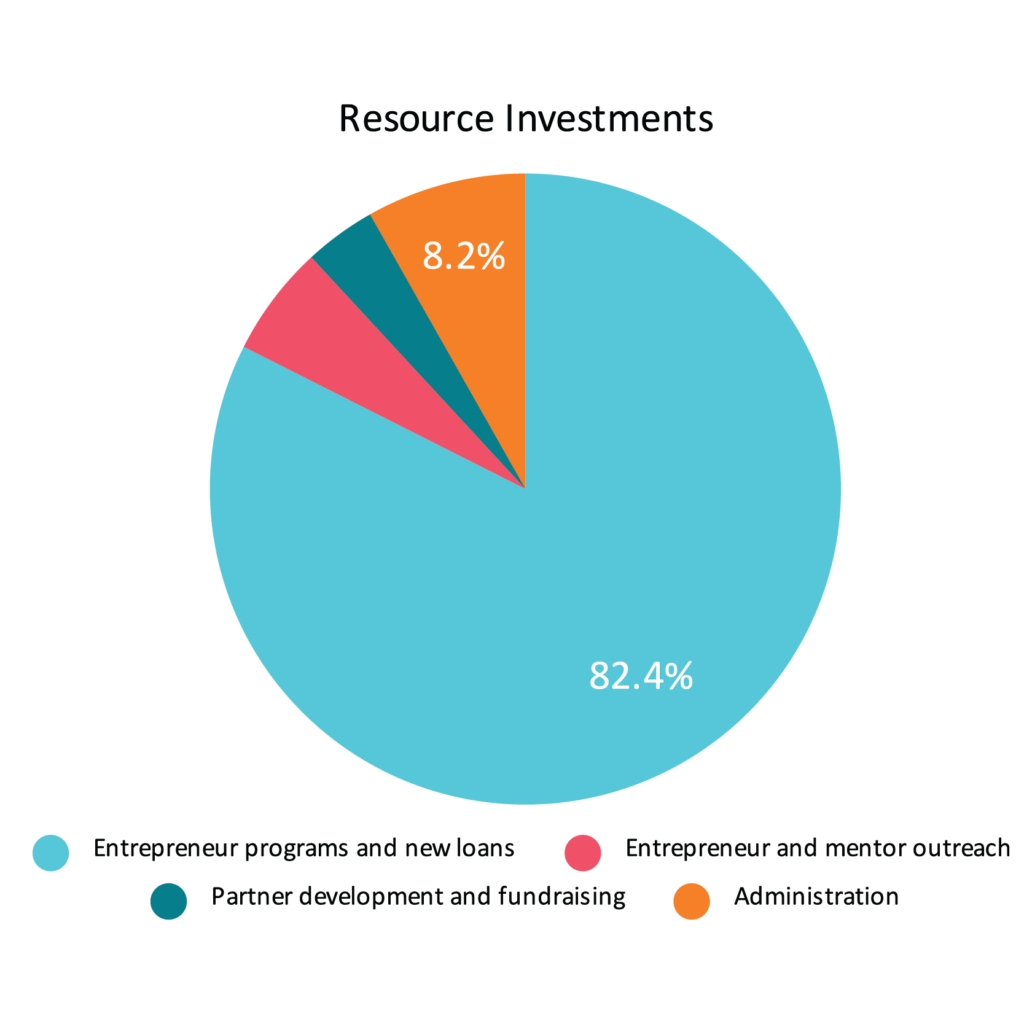- Money and finance
Building, using and retaining an advisory board
Rose-Marie Almond, Hatchlings Incubation Centre, Oshawa, Ontario
Building an advisory board
Here are three important considerations to keep in mind when building an advisory board:
- Diversity. Having a board entirely made up entirely of accountants, lawyers or marketers is not very useful. Select board members based on their specific skills, their background (personal and professional) and criteria relevant to your business. Consider including at least one person that represents your target market and a range of ages and genders.
- Don’t just pick people you get along with. Your biggest critic could be your most valuable asset and can help you avoid mistakes.
- Size isn’t everything. Having a few dedicated board members is sometimes better than having a dozen people who are never available.
Using an advisory board
In one of my past roles within a non-profit organization, I was the liaison between project managers and the advisory board. What always seemed bizarre to me was that the difficult part of the job was not recruiting diverse advisory board members and getting them to commit time; but encouraging project managers to ask the board for help.
I think the problem stemmed from the managers not wanting to appear ‘dumb’ by admitting they did not know everything. This in turn meant that projects did not run as efficiently as they could have if pride had been set aside.
If you are lucky enough to have an advisory board – use it! Their expertise and experience will help you avoid common pitfalls, understand unpredictable results and grow your business more effectively. It’s important to remember that by agreeing to join your advisory board, these individuals have already demonstrated that they support you. As such, they are a fantastic sounding board for new ideas and will frame criticism constructively to help you succeed.
Retaining an advisory board
Once you have a board in place, retaining them is important. To do this effectively:
- Keep board members in the loop. Newsletters, regular meetings and/or emails are useful tools for this.
- Use your advisors. As with any new recruit, if they feel valued and engaged. They will stick around longer and be willing to provide you with more support.





